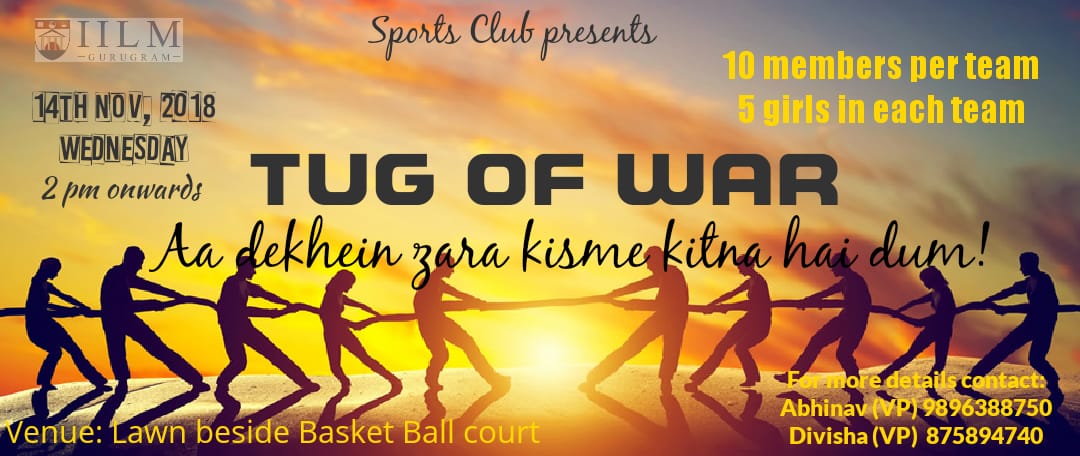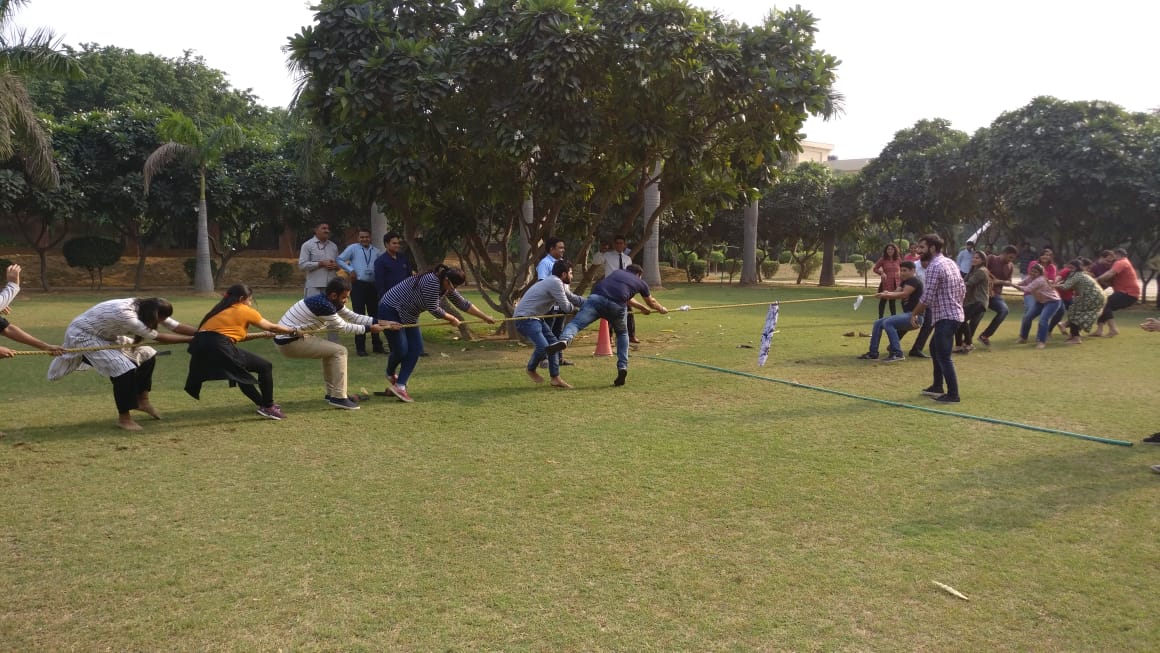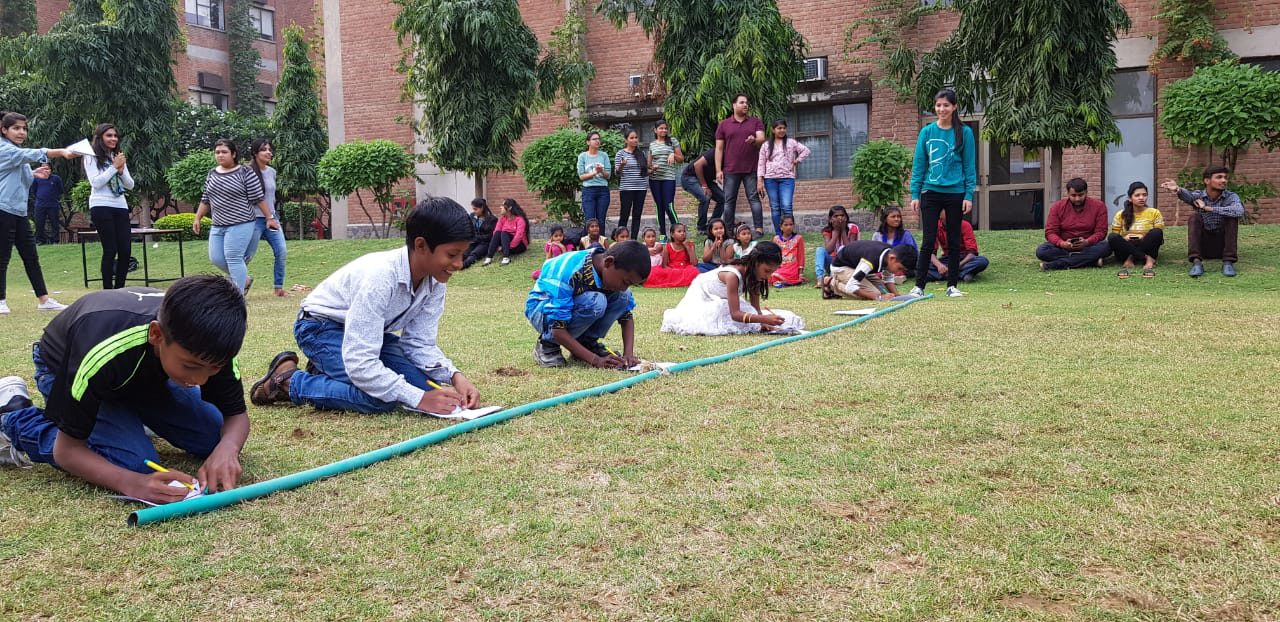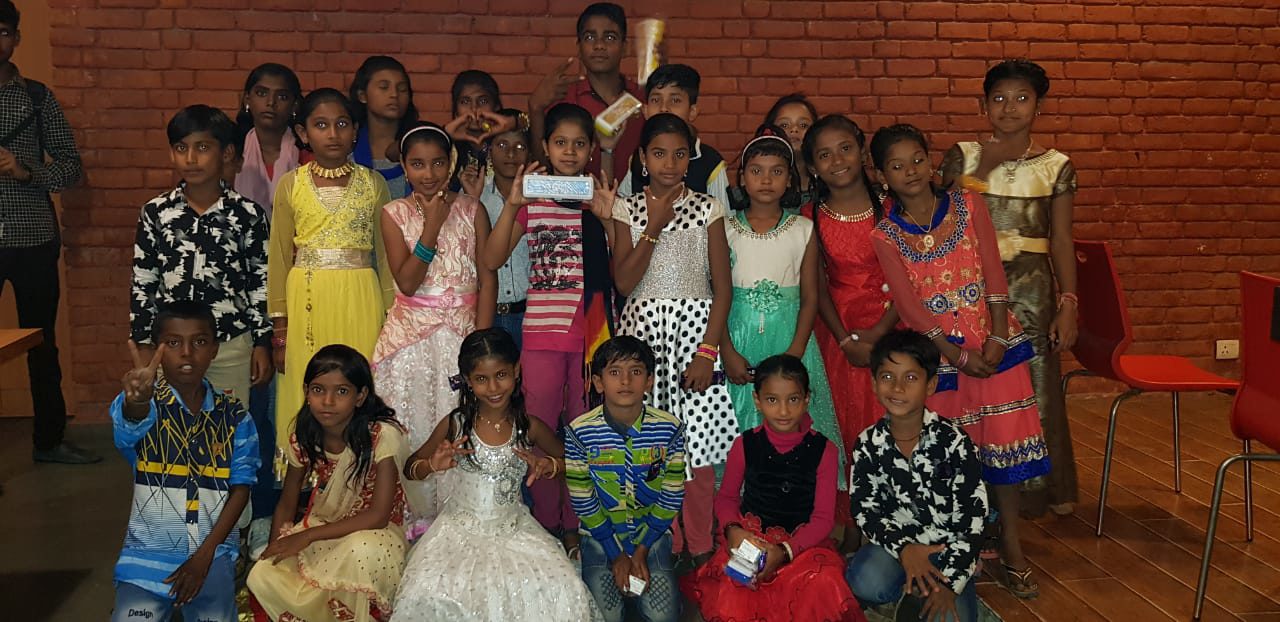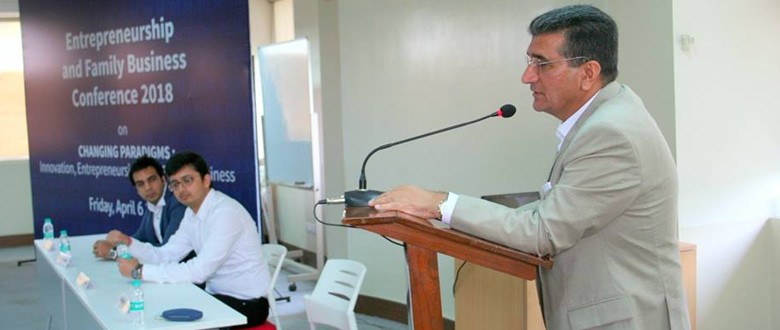Making informed financial decisions is the key to effective financial planning. Every individual is required to deal with many financial decisions daily. Easy availability of a wide range of complex financial products in the market has led to a situation of “Paradox of Choice”, Killins, R. N. (2017) for the Individuals. It is thus imperative for individuals to be financially literate. To be equipped to make decisions, people must have an understanding of the basic financial concepts. Lack of such understanding may result in unproductive decisions. Financial choices relating to investments, savings, borrowings, retirement planning, estate planning, etc are effective and more productive if made by financially literate people.
What does Financial Literacy mean?
Financial literacy is achieved when an individual has access to the information about the various products and services available in the market; the information is achieved through an authentic source; the individual can comprehend that information in a way which results in informed financial decisions, thereby leading to financial betterment and well-being.
According to OECD INFE, financial literacy has been defined as “A combination of awareness, knowledge, skill, attitude, and behavior necessary to make sound financial decisions and ultimately achieve individual financial wellbeing.”
The U.S. Government Accountability Office (GAO) has defined financial literacy as “the ability to make informed judgments and to take effective actions regarding the current and future use and management of money. It includes the ability to understand financial choices, plan for the future, spend wisely, and manage the challenges associated with life events such as a job loss, saving for retirement, or paying for a child‟s education.”
Basic understanding of the various financial products and services and the applicable framework of risk-reward forms the broad base for achieving financial literacy. Individuals must, therefore, appraise the key determinants of financial literacy and how they impact our daily lives. This can be the only way to wiser financial planning and welfare maximization, both- at the individual level and for the society as a whole.
What are the key determinants of financial literacy?
The ability of individuals to control their Financials, how well they make their ends meet and their approach towards choosing appropriate products reflects an individual’s money management skills. An Individual’s level of financial planning, however, depends on the provision for Savings, knowledge about investments and attitude towards financial planning. Whereas financial knowledge of an individual can be assessed based on their understanding of key concepts such as inflation and compounding; and their knowledge about the concept of diversification. Thus, money management, Financial Planning, Financial Knowledge and Understanding are the key determinants of Financial Literacy levels. OECD INFE (2011), S&P FINLIT (2014).
Conclusion:
As per a Global Fin Lit survey by Standard & Poor‟s Financial Services LLC (S&P) only 24% of adults or less are financially literate in India, S&P Fin Lit Survey (2014). Among the group of emerging economies, India stands at the lowest level in terms of financial literacy. This proves that financial literacy is yet to be given priority by Indian citizens. Being in a situation where 76% of its adult population in India does not understand even the basic financial concepts, the need of the hour is to refurbish the savings and investments approach of the Indian Households and develop financially smart individuals.
http://www.oecd.org/finance/financial-education/49319977.pdf
http://gflec.org/wp-content/uploads/2015/11/3313Finlit_Report_FINAL-5.11.16.pdf?x87657
Killins, R. N. (2017). The financial literacy of Generation Y and the influence that personality traits have on financial knowledge: Evidence from Canada. Financial Services Review, 26(2), 143-165.



